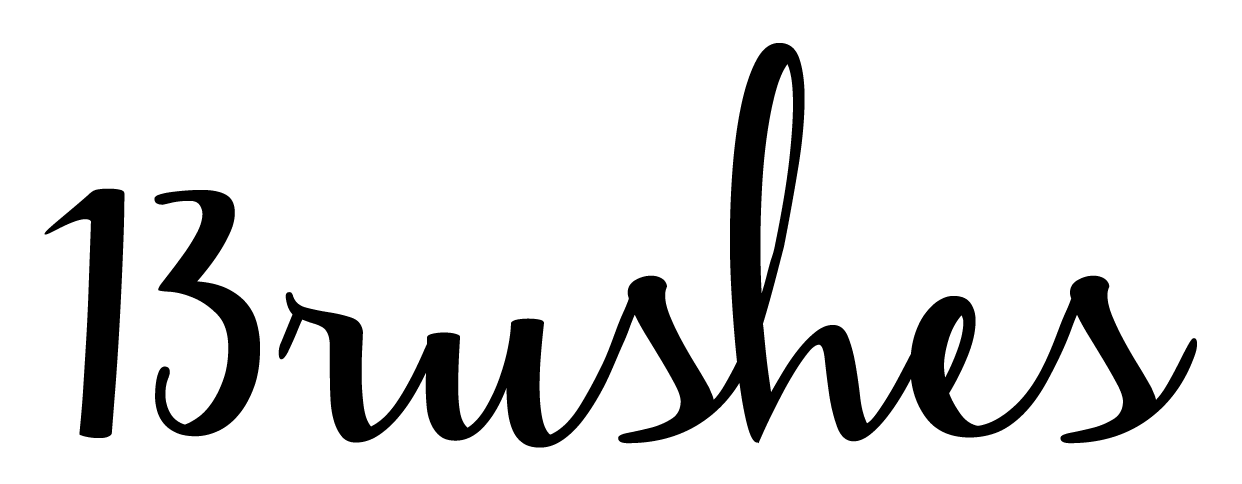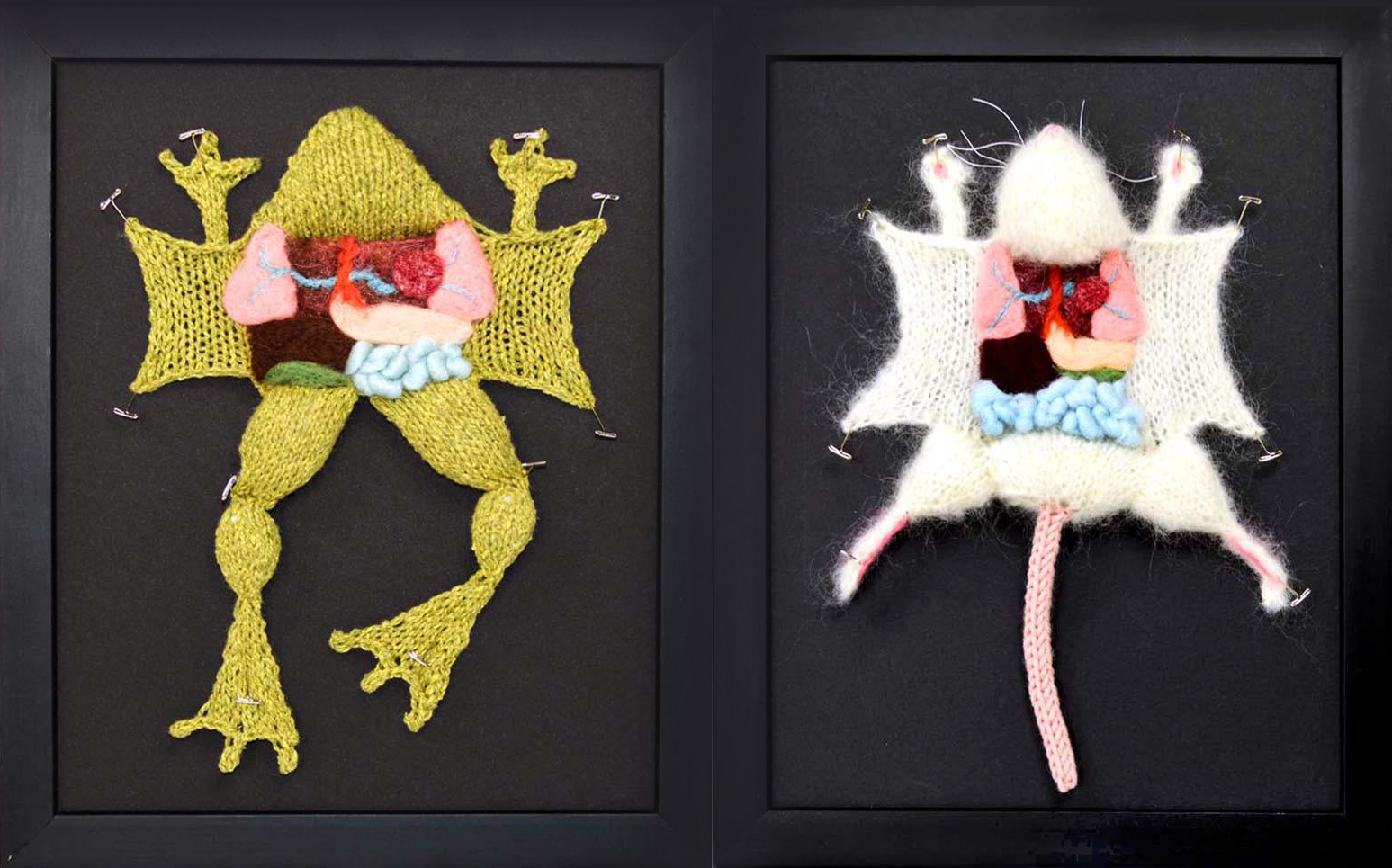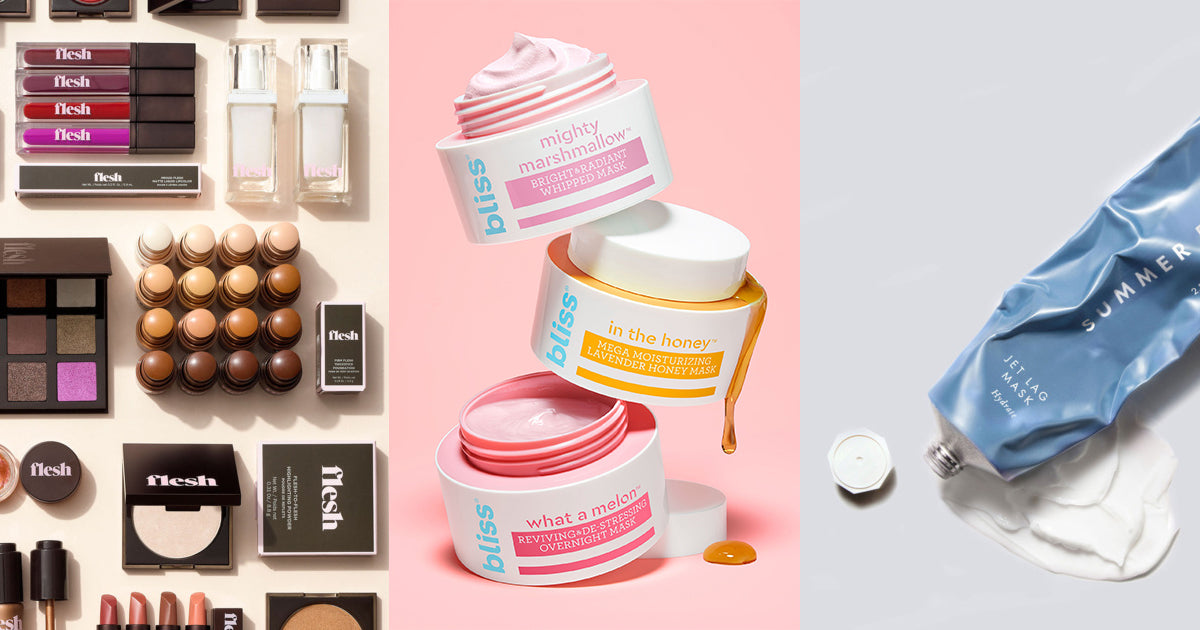
Why it's impossible for mink lashes to be cruelty-free
The perfect set of lashes can open up your eyes and complete a makeup look. Many have turned to mink lashes because they’re very fluffy and virtually weightless, however based on my observations at suppliers' offices and several reports backing my suspicion, there’s actually a far more sinister side to sporting them.
The dark side to mink lashes..
Similar to the makeup brush industry, most brands marketing mink lashes refer to them as being ‘cruelty-free’ on account of the hair being collected by brushing minks or by collecting fallen hair. These self-proclaimed cruelty-free brands would add that the whole process is painless to the animals and does not require the animals to be killed for their fur.
However much I want to believe as that there’s some sort of mink salon where these adorable animals get shampooed and brushed, and the hair that naturally sheds off is then collected to be made into cruelty-free mink lashes. But let’s be real, that’s not how it happens. As a brush creators ourselves, we’ve seen for ourselves how implausible this claim is.
While we have not been granted access to the fur farms, just the trips to some manufacturers' factory reveal uncomfortable details about how fur is harvested from these innocent animals.
These are some of my observations during my trips to the factory:
1. It's too time-consuming to arrange the fallen hair to point to one direction: Workers will have to make sure that the tapered tips of the hair are always pointing outwards, away from the lash band. It's pretty similar to the process of brush-making, where we have to ensure that the softest tapered ends are always at the top of the brush. It simply does not make economical sense for the workers to collect the fallen hair, then later try to somehow sort and arrange them in one direction.
2. It's too difficult to sort individual strands of fallen hair into their respective grades: To give a little more context, there exists a grading system for the hair collected from these animals. From my knowledge, hair is graded based on the area which they can be found on the animal. For instance in the case of goat's hair (which i'm more familiar in since goats are the most common victims in the brush trade), hair on the goat's neck and chest is much softer, available in limited quantities and fetches a higher price. The hair on the tail is water resistant and is most often used in calligraphy or paint brushes. As hair from each portion of the goat’s body has different properties and fetches different prices, it would make sense for farms to sort the bristles out into their respective grades first, before shipping them to the clients. Even if it’s possible for experts to tell the grade of a single strand of hair in a single glance, it would require many many man-hours to individually examine each hair. When mass-production is involved, this process would simply be too complex as workers will not be able to swiftly judge a fallen hair with certainty.
This image was retrieved from a Japanese brush brand that uses animal hair in their brushes. Powder brushes and blusher brushes are usually from the shoulder and chest area of the goat ): ): ): ): ): If you're interested in finding out about the grading system, click here for their website.
3. Lastly and most importantly, I've seen whole intact pelts at the supplier's factory. I don't think i need to elaborate much on this point but it looks somewhat like this, not a pleasant sight..
 It's irrefutable by now that these pelts must have been from a dead animal right?
It's irrefutable by now that these pelts must have been from a dead animal right?
I wasn't allowed to take photos of these pelts at the factory, but these images are widely available on the internet. Just do a casual search "mink fur farms" and prepare to be scarred like i was for years ):
Reports by Peta have recently added that: ‘minks are confined to small, depressing, cramped wire cages in highly unsanitary conditions. As the dodo accurately described, "There is nothing humane or ethical about depriving these animals of their behavioral and physiological needs. Fur-farming is nothing more than torture".
Sadly, a number of beauty companies still use mink fur to create falsies and continue to spend a huge amount of marketing money on these products of cruelty, all while ignoring the fact that animals are confined in small spaces on fur farms, causing them immense distress, discomfort, and leaving them vulnerable to diseases.
Undeniably, mink lashes are procured from the same fur farms that we all protest against. We already know for sure that mink on fur farms are brutally killed once they've grown a thick winter coat. It does not matter whether minks were killed soley for the purpose of being made into throwaway lashes or if they were simply a by-product of the fashion industry. Either way, mink eyelashes and eyebrows support a terrible and sick industry with innocent animal suffering in appalling conditions.
However, the good news is there are plenty of vegan lash companies out there that don’t use mink, meaning you can still create a fuller lash look, without having to cause cruelty to animals. If you're interested in getting a pair of cruelty-free lashes from us, check out our collaboration with Gudetama Sanrio here.








Leave a comment
This site is protected by hCaptcha and the hCaptcha Privacy Policy and Terms of Service apply.